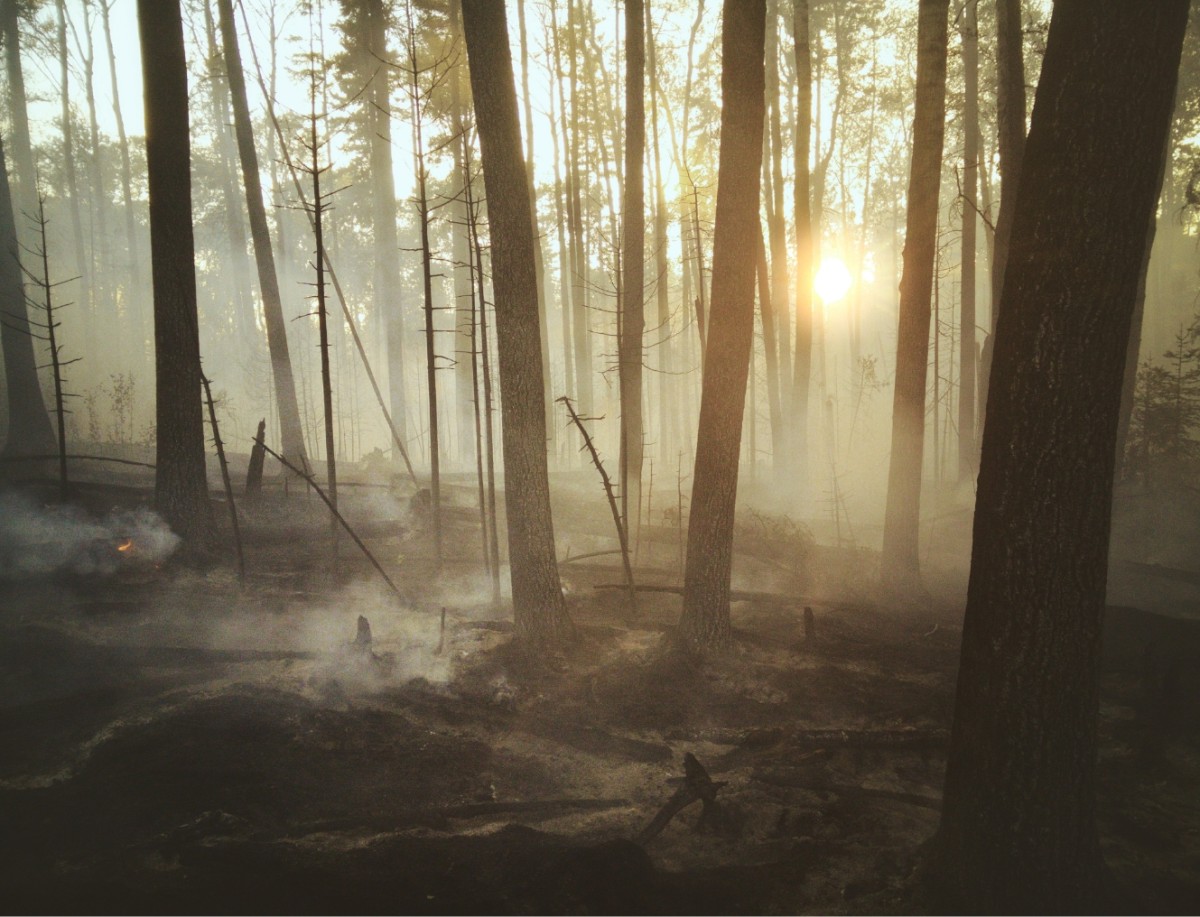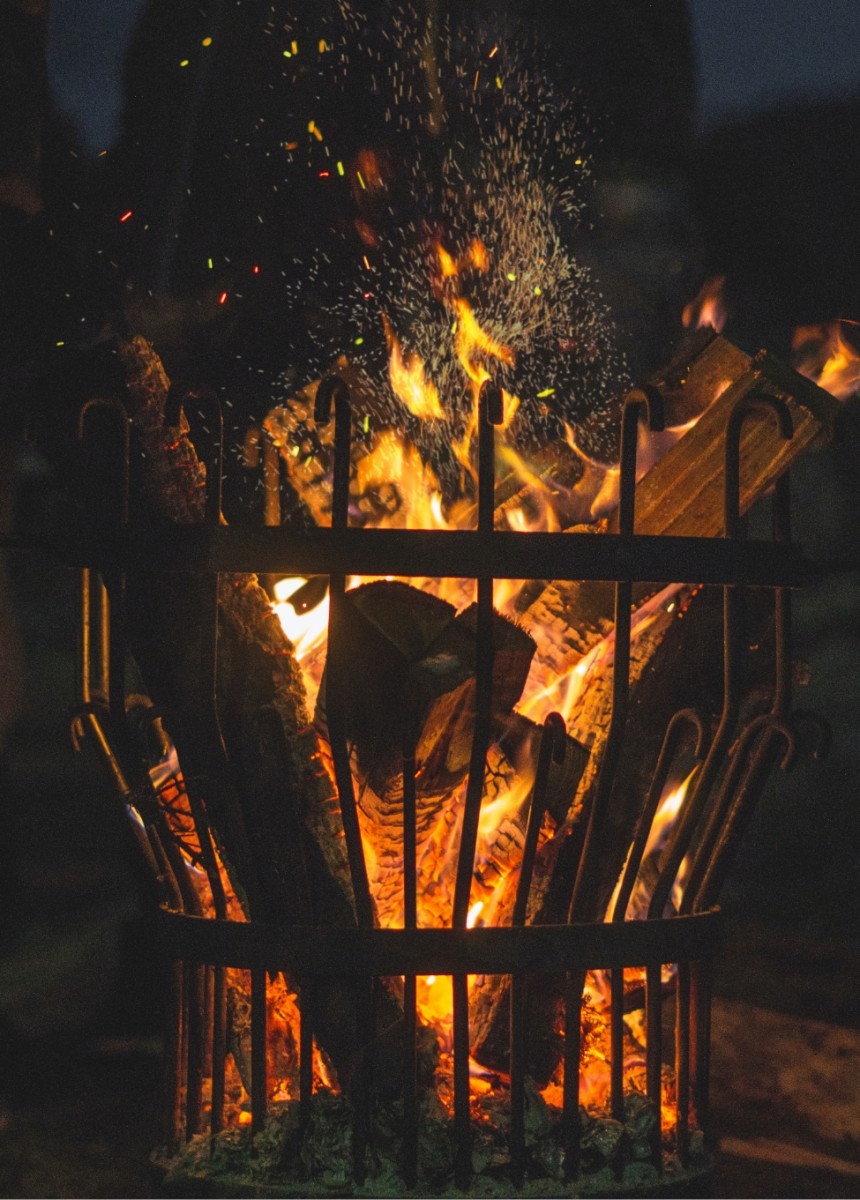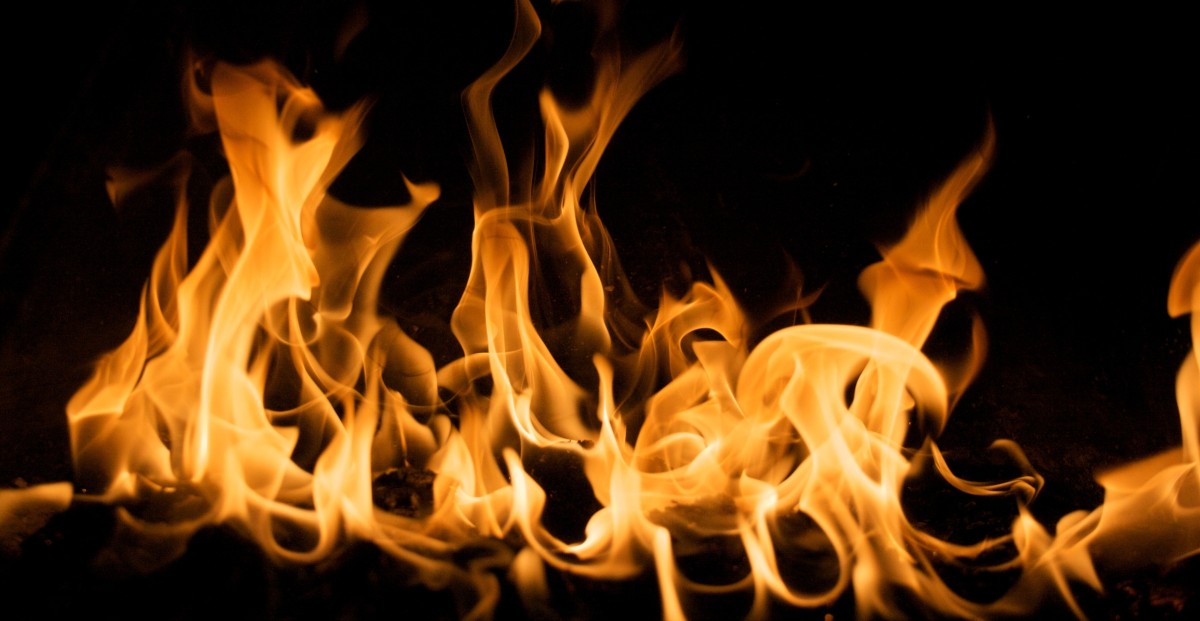Wildfires are a reality in the Cowichan region. Our beautiful forests have always been part of a cycle of growth, destruction and regrowth. As the temperatures get warmer and vegetation gets dryer, the risk of wildfire increases. Wildfires can be caused by nature (lightening strikes), direct human interaction (equipment use, cigarettes, unsupervised campfires) and indirect human actions (increasing heat and drought due to climate change).
The lands and communities next to and surrounded by wildlands are at risk of wildfires.
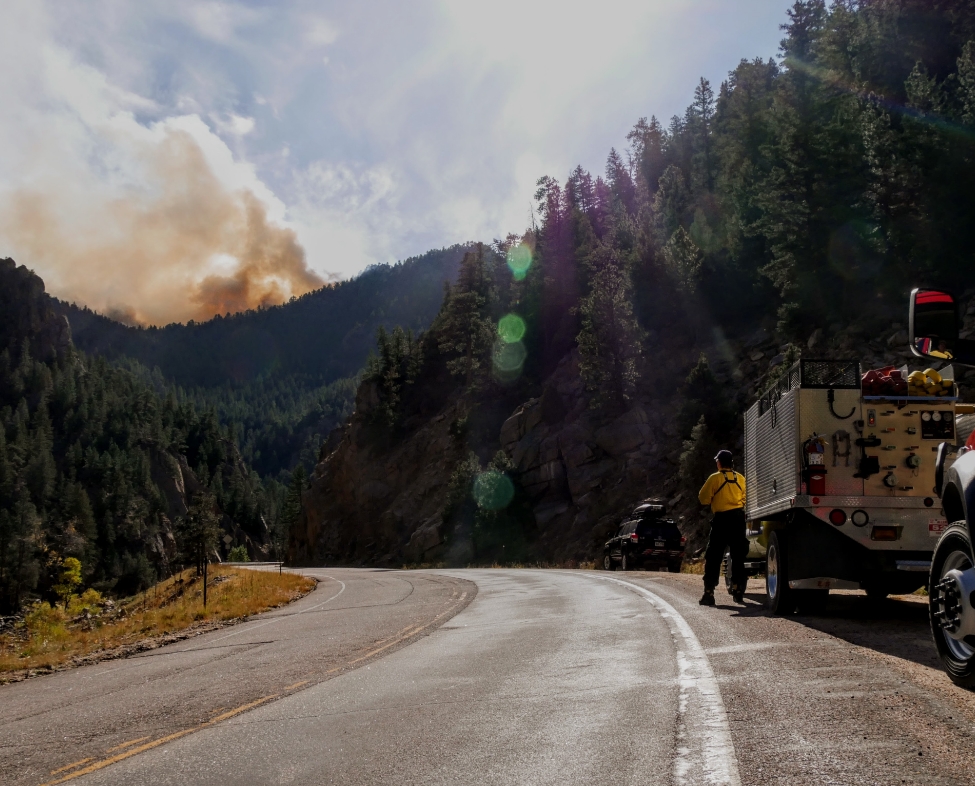

Communities can reduce their risk to wildfire in a number of ways. Municipalities and the Regional District in Cowichan take measures to protect critical services and infrastructure from wildfire loss, including maintenance of adjacent vegetation, using fire-resistant building materials and providing staff education on the risks of wildfire.
Community members can also take similar measures to protect their homes, farms, and businesses – see more.
- Know the Risk. Make a Plan. Build a Kit.
- Get insurance – Disaster Financial Assistance is not available for fire damage.
- Sign up for CowichanAlert
- Get FireSmart – Request a free home assessment and protect your property
If you receive an evacuation alert – follow the instructions. You are being asked to get ready to leave should the situation worsen. Some things you may be asked to do include:
- Grab your go-kit, essential documents, and medication and place them near the door.
- Ensure your vehicle has fuel.
- Get prepared for a power outage.
- Contact family and friends to pre-arrange alternate accommodations.
If you receive an evacuation order – follow the instructions. You are being told to leave immediately.
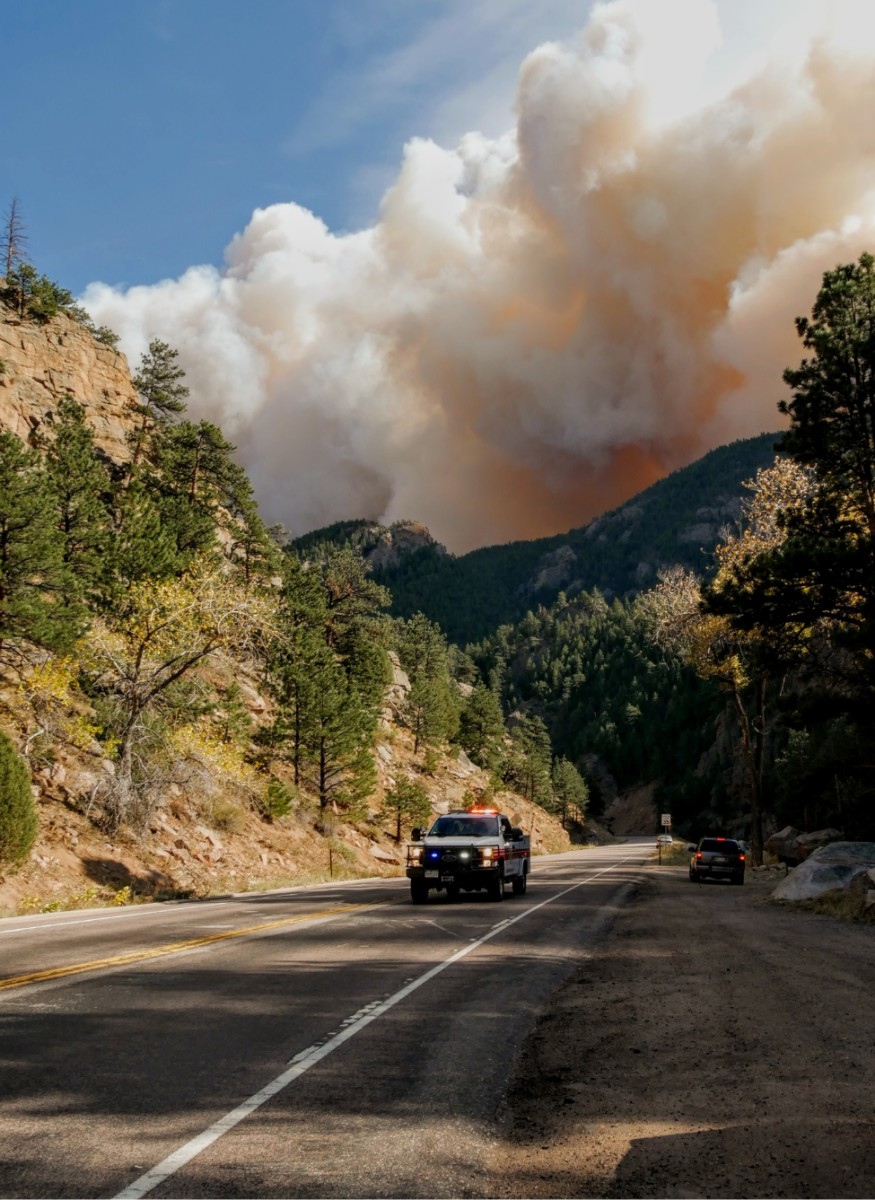
Air quality can be affected during wildfires. When air quality is affected, take necessary precautions to reduce impact to your health:
- Use common sense regarding outdoor physical activity – if your breathing becomes difficult or uncomfortable, stop or reduce the activity.
- Stay cool and drink plenty of fluids.
- Consider a commercially available HEPA (high efficiency particulate air) filter that can further reduce poor indoor air quality near the device.
- Reduce indoor pollution sources such as smoking or burning other materials.
- Consider visiting a location with cooler filtered air, like a shopping mall or library.
- Reduce your smoke exposure by moving to cleaner air if available.
- Pay attention to local air quality reports – air quality may be poor even though smoke may not be visible.
- If possible, seek cleaner air. If you cannot access cleaner air, a face mask can provide protection from wildfire smoke.
